10F, Building B, Erqi Center, Erqi District,
Zhengzhou City,
Henan Province, China
Wit:+86 15138685087
(WhatsApp/Wechat)

10F, Building B, Erqi Center, Erqi District,
Zhengzhou City,
Henan Province, China
Wit:+86 15138685087
(WhatsApp/Wechat)
316 Stainless Steel is a kind of austenitic stainless steel that is widely used in chemical, medical, food processing, and marine engineering fields because of its excellent corrosion resistance, high temperature strength, and mechanical properties. As an upgraded version of 304 Stainless Steel, the addition of molybdenum (Mo) to 316 stainless steel further improves corrosion resistance, especially resistance to pitting and crevice corrosion in chloride environments. Wanzhi Steel stocks 316 stainless steel plates/coils in different thicknesses, surface treatments, widths, etc. Welcome to contact us for more details!
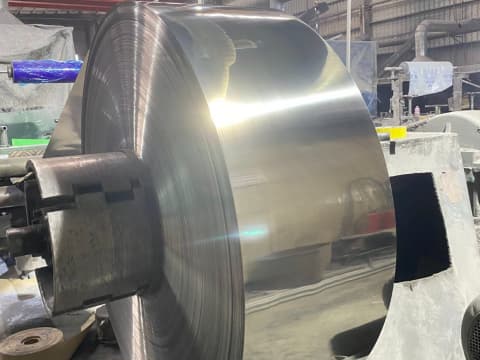
316 Stainless steel strip polished
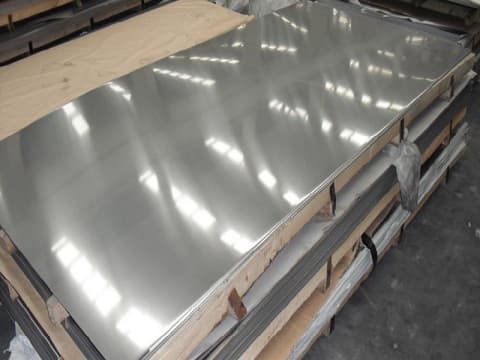
aisi 316
316 SS steel Plate:
Thickness: 0.5mm to 50mm
Width: 1000mm to 2000mm
Length: 2000mm to 6000mm
316 SS steel Tubing:
Outer diameter: 6mm to 300mm
Wall thickness: 0.5mm to 20mm
Length: customized length, usually 6m
316 SS steel Bar:
Diameter: 5mm to 500mm
Length: 1000mm to 6000mm
Common surface finishes include 2B (cold rolled bright finish), BA (bright annealed finish), No.1 (hot rolled finish), No.4 (brushed finish), mirror polished, 2D, No.3, No.8 and TR…Can be specified.
Carbon (C)≤0.08%, Silicon (Si)≤1.00%, Manganese (Mn)≤2.00, Phosphorus (P)≤0.045, Sulfur (S)≤0.030, Chromium (Cr): 16.0-18.0, Nickel (Ni): 10.0-14.0, Molybdenum (Mo): 2.0-3.0, Nitrogen (N): ≤0.10.
| Density | 7.98 g/cm³ |
| Melting point | 1370-1400°C |
| Coefficient of thermal expansion | 16.5 μm/m-K (20-100°C) |
| Thermal conductivity | 16.3 W/m-K (100°C) |
| Resistivity | 0.74 μΩ-m |
| Magnetism | Non-magnetic (austenitic structure) |
| Mechanical properties | Tensile strength: ≥515 MPa |
| Yield strength: ≥205 MPa | |
| Elongation: ≥40% | |
| Hardness: ≤217 HB (Brinell) |
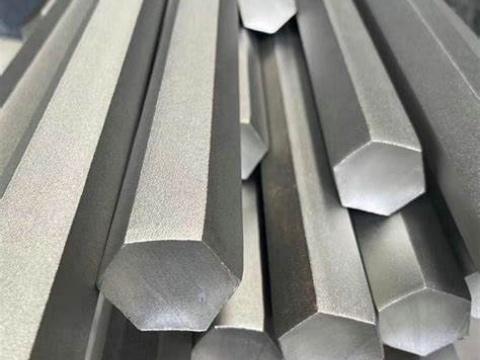
Stainless Steel Hexagonal Rod

Stainless Steel Coil
1. NO.1: What we usually call the hot-rolled plate surface. Silvery white and matte.
2. NO.2B: The cold-rolled plate surface we see in daily life is brighter than NO.2D. Smoothness and glossiness are better.
3. NO.2D: Also called 2B, good smoothness and glossiness.
4. No.3: Also known as HL (brushed), with linear texture on the surface and matte texture.
5. NO.4: Also known as “BA (Brushed, Satin)”, also known as intermediate grinding, what we usually call oil-grinded surface, with fine sand grain on the surface.
6. No.6: The surface is polished with a sand belt to form finer sand grains, which are finer than No. 4.
7. No.7: The surface is polished with a sand belt to form finer sand grains, which are finer than No. 6.
8. NO.8: It is called 8K mirror grinding, which is usually divided into two types: ordinary 8K and fine 8 K. It is very smooth and reflective.
9. TR: Further cold processing of annealed, bright annealed, and descaling products.

6 surface treatments
High-pressure steam equipment, high-temperature reactors, heat exchangers, especially in highly corrosive media such as fertilizers and synthetic fibers.
Due to its biocompatibility, it can be used to manufacture scalpels, oxygen tubes, catheters, dental equipment, etc.
Decorative parts and key or biological contact parts such as bridges, subway stations, interior decoration, railings, etc.
Propellers, ship parts, anchor chains, offshore platforms, hulls, etc.
Papermaking equipment, dyeing equipment, film washing equipment, etc. Used to manufacture high-temperature and high-pressure containers, kilns, sewage treatment equipment, etc.
Decorative parts such as car logos and wheels, exhaust pipes, fuel pipes, and brake pipes.
Such as housings, clamps, balls, valve bodies, valve seats, nuts, valve stems, and other parts.
Stainless steel conveyor belts, tableware, kitchen utensils, filtration, etc., meet food grade safety.
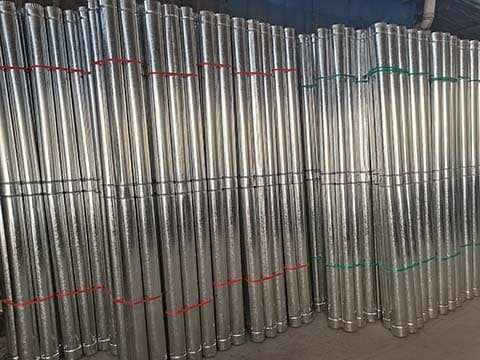
Chimney Tubes

Cans
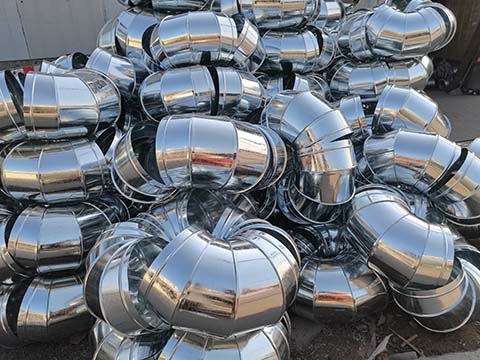
Ventilation Ducts
Compared with 304 stainless steel, 316 stainless steel is more resistant to corrosion, especially in chloride-containing environments.
And 316L stainless steel as 316 steel grade of low carbon series, has good resistance to sensitized state intergranular corrosion performance, suitable for the manufacture of thick cross-section size of welded parts and equipment.
If you want to know the difference between 316 and 316L, maybe this video can help you.
The price of 316 stainless steel is affected by a variety of factors, including the cost of raw materials, market supply and demand, specifications and dimensions, surface treatment and so on.
A. Raw material cost: nickel and molybdenum are the main alloying elements of 316 stainless steel, and their price fluctuations directly affect the cost of 316 stainless steel.
B. Specification size: plate, tube, bar, and other different forms of price differences, thickness, diameter, and other parameters will also affect the price.
C. Surface treatment: mirror polishing, drawing, and other special surface treatments will increase the cost.
D. Market supply and demand: fluctuations in the global market demand for stainless steel will affect the price.
For the latest price per ton, please contact our professional technicians to update the specific price.
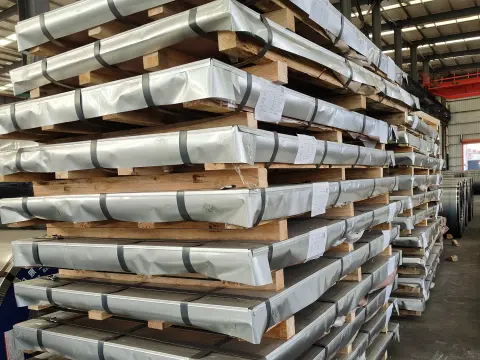
Wooden pallets stacking
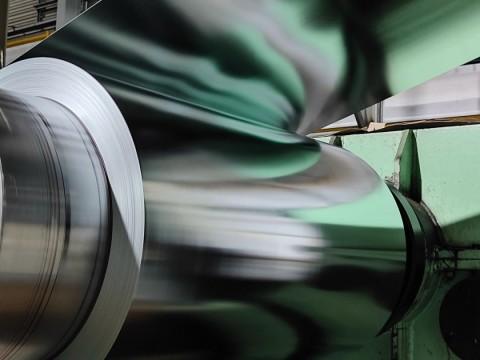
2B surface 316 stainless steel coil

316 stainless Steel Coil inner package
Wanzhi Steel’s technical department will screen products for defects such as cracks, sand holes, pores, inclusions, scratches, bumps, etc., measure dimensions such as thickness, width, length, diameter, as well as surface polishing or electroplating, spectral analysis, tensile testing, hardness testing, impact testing, intergranular corrosion testing, salt spray corrosion testing, magnetic particle testing, penetration testing, etc.
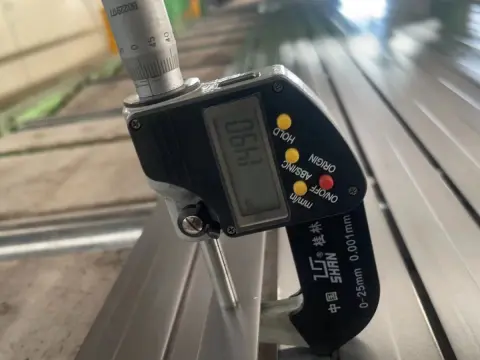
Brushed SS strip thickness measure
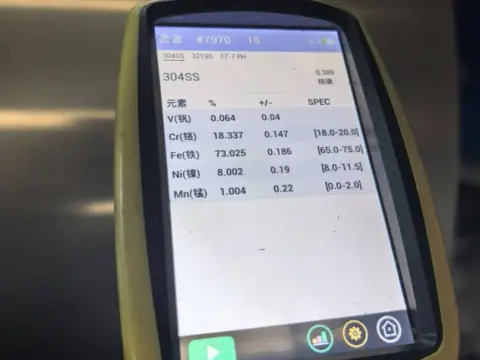
Quality Inspection
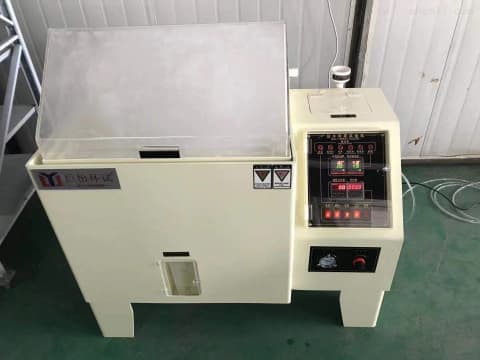
salt spray tests
1. WanZhi Steel stocks a full range of carbon steel and 316/316l stainless steel plates and coils. As a wholesale supplier, we offer stainless steel products in different sizes, grades, and pattern designs to meet different applications.
2. In contrast, carbon steel plate has excellent mechanical properties. In addition, it is more affordable than stainless steel and other types of metals.
3. If you are looking for a cost-effective solution, carbon steel plate will be a better choice. However, if you need to use it in a highly corrosive environment for a long time, then 316 SS steel is the best choice. In addition, its surface is bright and beautiful.
If you want to know more details, please contact us now!





